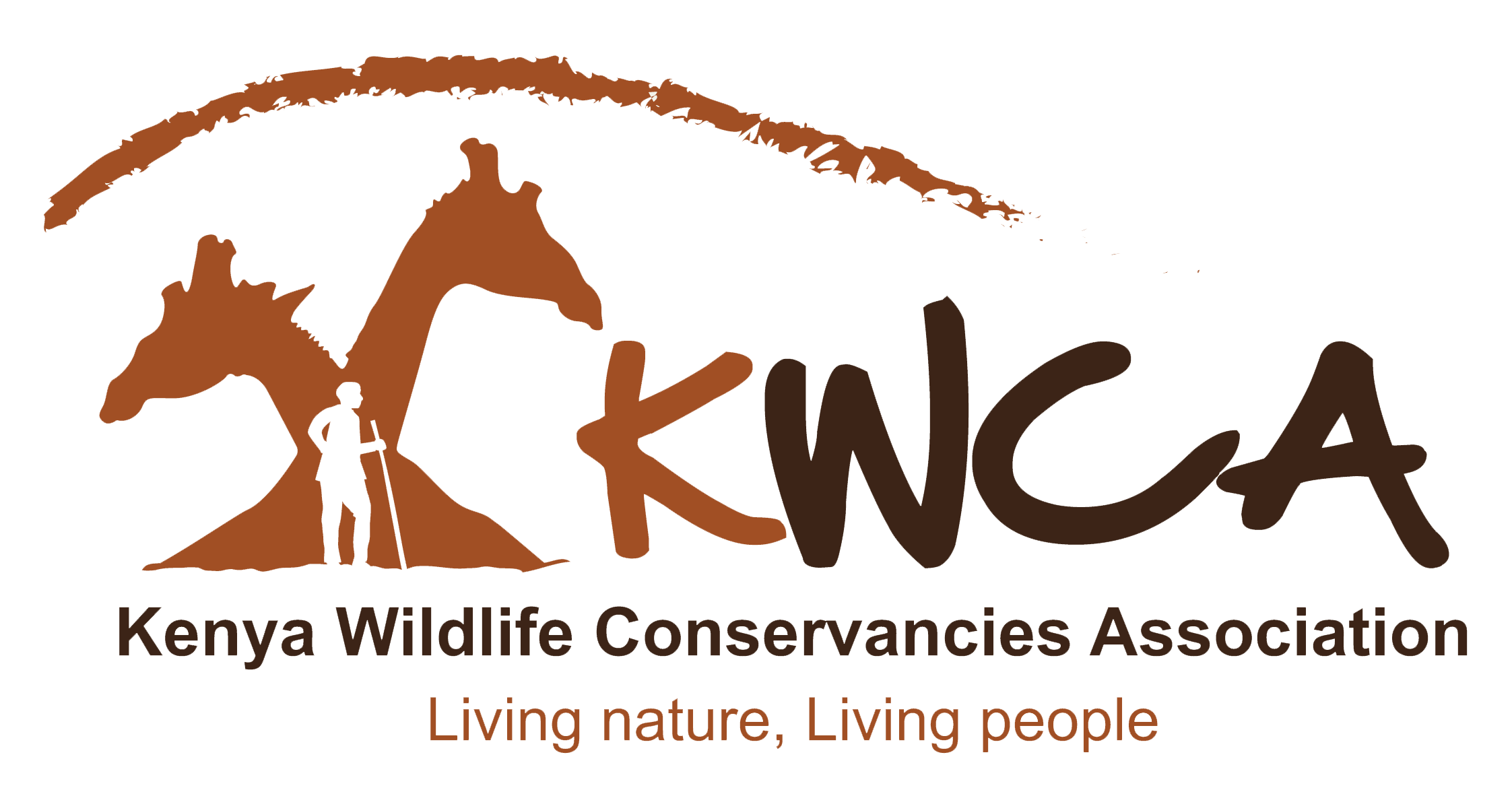Roles of Conservancies in Kenya
When most people think of conservancies they think of wildlife conservation. Though this is certainly a key objective, conservancies are about much more than wildlife. They serve various economical, ecological and social roles in the community and the nation at large.
Wildlife Management
Human-wildlife conflict is one of the major threats to wildlife conservation. Conservancies help maintain a balanced ecosystem through the protection and management of both the human population and wildlife. Conservancies also help to maintain healthy wildlife populations and ensure there is increase in numbers and diversity of species.
Enterprise Development
Conservancies need to provide alternative income generating opportunities in order to be financially sustainable. These initiatives work equally to leverage support for conservation from the communities that live around them to proactively take part in the county’s wildlife conservation efforts. These enterprises eventually end up improving the community livelihoods and the conservancy itself.
Livestock Management
Conservancies occupy expansive landscapes with ecosystems that support both herds of domesticated animals and wildlife as well. Conservancies play a vital role in managing the livestock to minimize the impact on the environment while ensuring co-existence with wildlife. For this to happen, there is need to: implement grazing management to improve the condition of rangelands and avoid overgrazing; develop markets for livestock to maximize income from livestock; accumulate revenue from grazing fees on land owned by private conservancies; purchase of community livestock through the use of a revolving fund where profits from the sales generate revenue for the conservancy, slaughter and sale of livestock products.
Community Development
Conservancies endorse community support for conservation and participation in decision making to ensure equitable sharing of benefits and improve community access to services such as health, water and education, while supplementing government services. It is imperative to leverage the support from the community so as to create tangible benefits from conservation and to change attitudes and behavior of communities towards wildlife.
Tourism
Wildlife is the basis of Kenya’s thriving safari tourism. Tourism in Kenya is one of the largest sources of foreign exchange revenue. Conservancies promote diverse forms of tourism which generate income to support conservancy operating costs and improve livelihoods of communities.
Land and Natural Resources Management
Conservancies serve to promote healthy ecosystems that support wildlife, livestock and human needs. They also improve the conditions of degraded areas and minimize invasive species; to ensure adequate supply of water for wildlife, people and livestock. Conservancies are tasked with the vital role of ensuring proper management of land and the resources upon which wildlife and people depend on.
Peace and Security
Conservancies seek to promote peace with neighboring communities as a foundation for economic development and effective planning and management of natural resources. Conservancy Scouts are responsible for providing security for residents and visitors to the conservancy.
In areas where inter-tribal conflict is prevalent, usually involving livestock theft, conservancy scouts are actively involved in following up and recovering stolen livestock in collaboration with the Kenya Police. It is the responsibility of the conservancy to ensure scouts also provide security for tourism facilities as well as the visitor’s safety.
Infrastructural Development
Conservancies invest in infrastructure and equipment to facilitate effective conservancy operations, to support tourism as well as to improve access to transport for community members.

